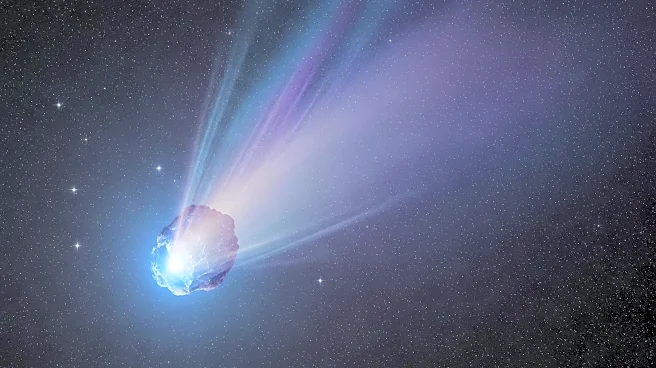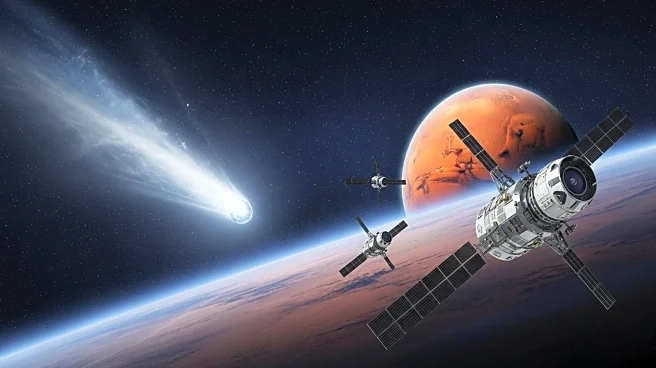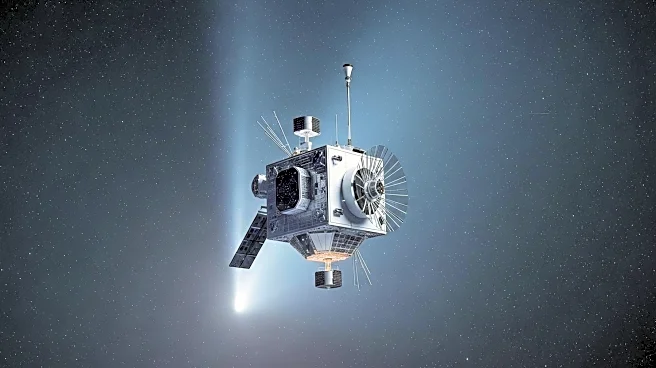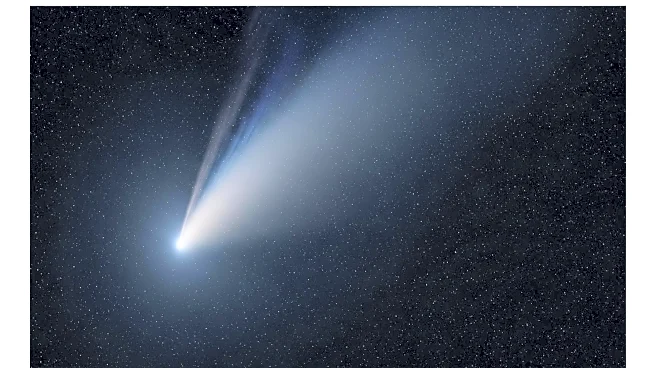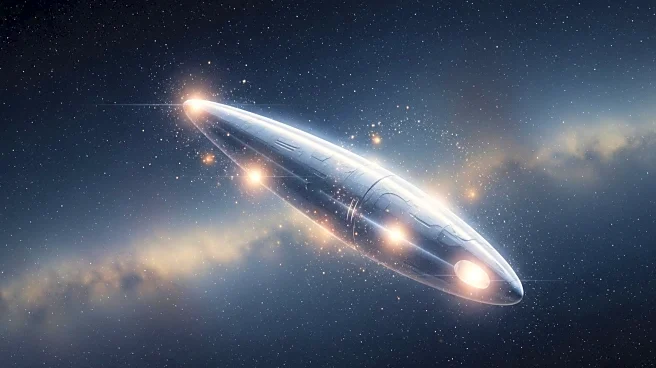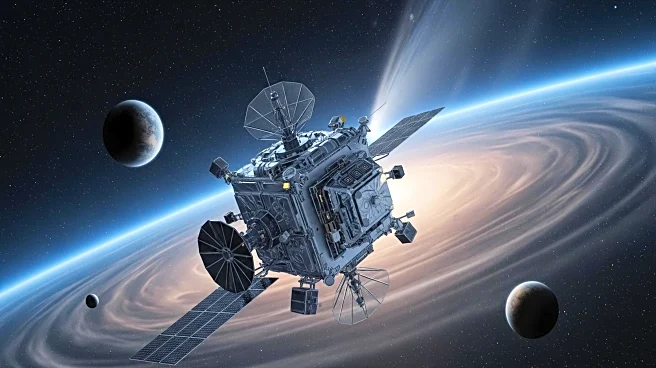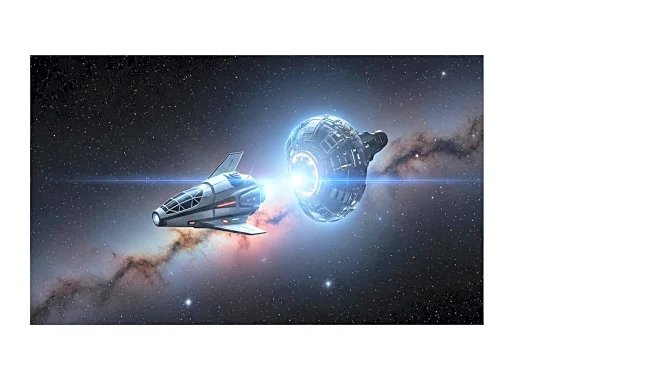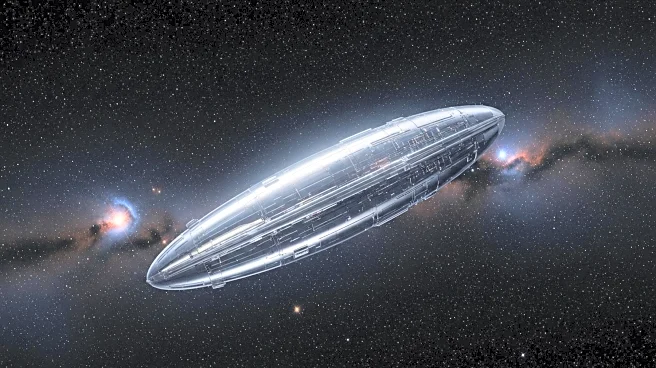What's Happening?
Comet 3I/Atlas, an interstellar object, is making a close approach to Mars, passing within 30 million kilometers of the planet. This marks the comet's nearest pass to any planet in the solar system. The European Space Agency (ESA) and NASA have mobilized their Mars orbiters and rovers to observe the comet during this period. The comet was first detected on July 1, 2025, by the ATLAS survey telescope in Chile, and is only the third known interstellar object observed in the solar system. Its orbit is strongly hyperbolic, confirming its origin from another star system.
Why It's Important?
The close approach of comet 3I/Atlas to Mars presents a unique opportunity for scientists to study an interstellar object in detail. Observations made during this event can provide valuable insights into the composition and behavior of such objects, enhancing scientific understanding of the solar system and the universe. The study of 3I/Atlas can contribute to the broader knowledge of interstellar objects and their origins, potentially leading to discoveries about the formation and evolution of comets. The data gathered during this event can also inform future planetary defense strategies by improving detection and tracking capabilities for celestial objects.
What's Next?
Following its approach to Mars, ESA's Jupiter Icy Moons Explorer (JUICE) will observe comet 3I/Atlas as it reaches perihelion, the closest approach to the Sun. This observation period is expected to yield valuable data on the comet's chemical makeup and activity. The comet will remain distant from Earth, posing no threat, but will allow renewed observations once it comes back around from the Sun's glare. Scientists are eager to analyze the comet's composition and behavior, which could reveal new insights into interstellar objects.
Beyond the Headlines
The study of comet 3I/Atlas highlights the importance of international collaboration in space exploration and research. The joint efforts of NASA and ESA in tracking and studying the comet demonstrate the value of shared resources and expertise in addressing global scientific challenges. Additionally, the event underscores the need for effective communication strategies to counter misinformation and ensure public understanding of scientific phenomena.

